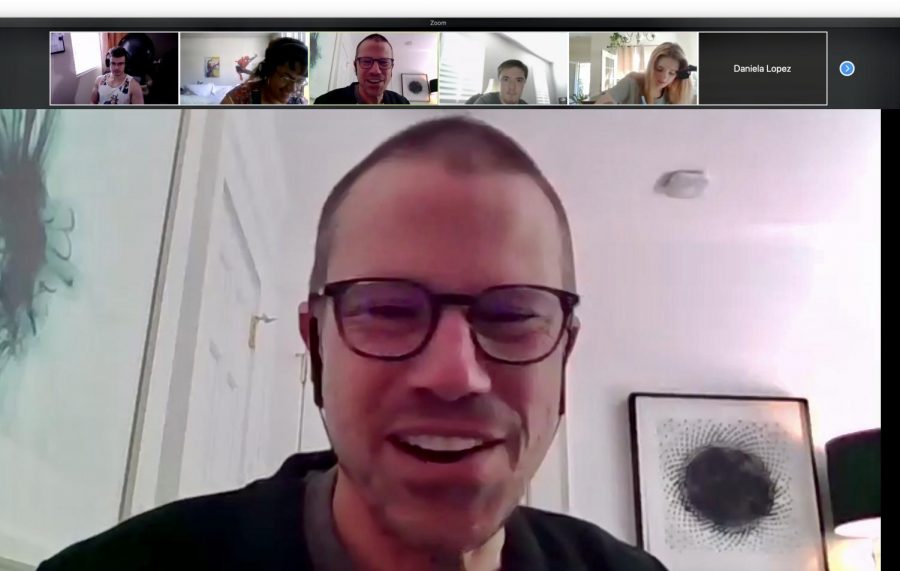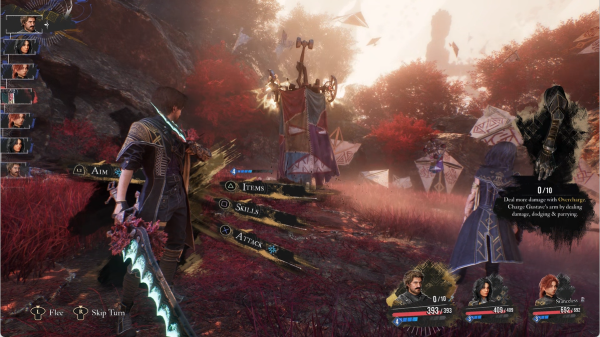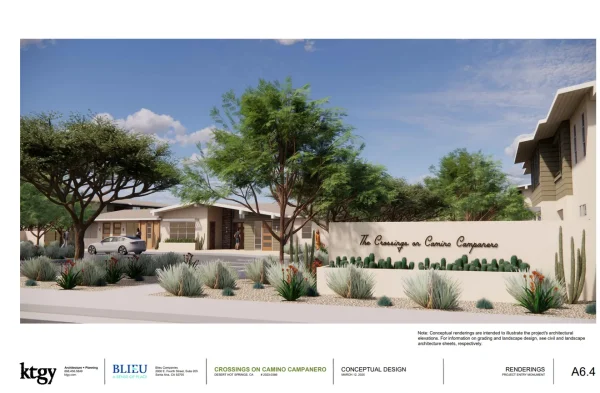How we all are adjusting to online learning and Zoom
Have you or your child’s school been closed due to Coronavirus? If so, this can be a stressful experience not only because of the need for childcare but also because of the impact this causes to your child’s education. Luckily in today’s technological age, there are options for schooling outside of a traditional classroom.
On March 13, Riverside County Public Health Officer Dr. Cameron Kaiser ordered that all schools be closed in Riverside County. This was followed by most counties in California also closing their school districts. With the sudden closure of these schools, many administrators had to adapt and move courses online.
College of the Desert was lucky in that it already had an online infrastructure in which all courses offered on campus could quickly be transitioned to online learning. Within a week of this announcement, every COD course transitioned to an online format through the Canvas application. Although this was a necessary step, it was not a pleasant one for many students.
First-year COD student Faith Palmer believes that although the transition to online courses was easy, it wasn’t one that she enjoyed. “The drawbacks of an online classroom are that you can’t get the same personal contact from your professor and it is harder to stay focused with so many distractions at home.” Palmer brings up an important point here because without the professor physically there to check your work and answer questions, students may miss out on learning opportunities. The Zoom app aims to bridge this gap.
According to Zoom.us, “Zoom is the leader in modern enterprise video communications, with an easy, reliable cloud platform for video and audio conferencing, chat and webinars.” Many online courses have transitioned to using Zoom to attempt to replicate the classroom experience. Zoom offers the ability for virtual face-to-face time with professors and other students.
Through Zoom even public speaking courses can be replicated fairly well. College of the Desert Professor Edwin Reed teaches multiple communication and public speaking courses and he said, “One of the things that a public speaking course prepares you for is to manage the anxiety created by having to face a group full of people. This is obviously mitigated by presenting online. However, some of my students report experiencing the same level of anxiety presenting online as they do face-to-face, so perhaps that concern is overblown.”
It seems that with today’s ever-evolving technology, especially in telecommunications, we are able to mirror many in-class experiences from the safety of our own homes. Had this Coronavirus epidemic occurred in the early 90s, we may not have been able to continue courses online with such seamlessness.
In this new era of social distancing we must remember that although we should keep a physical distance for our health, it’s important that we remain socially connected through apps like Zoom, for our well-being.
Students can use the Zoom application to access their courses remotely from anywhere.











